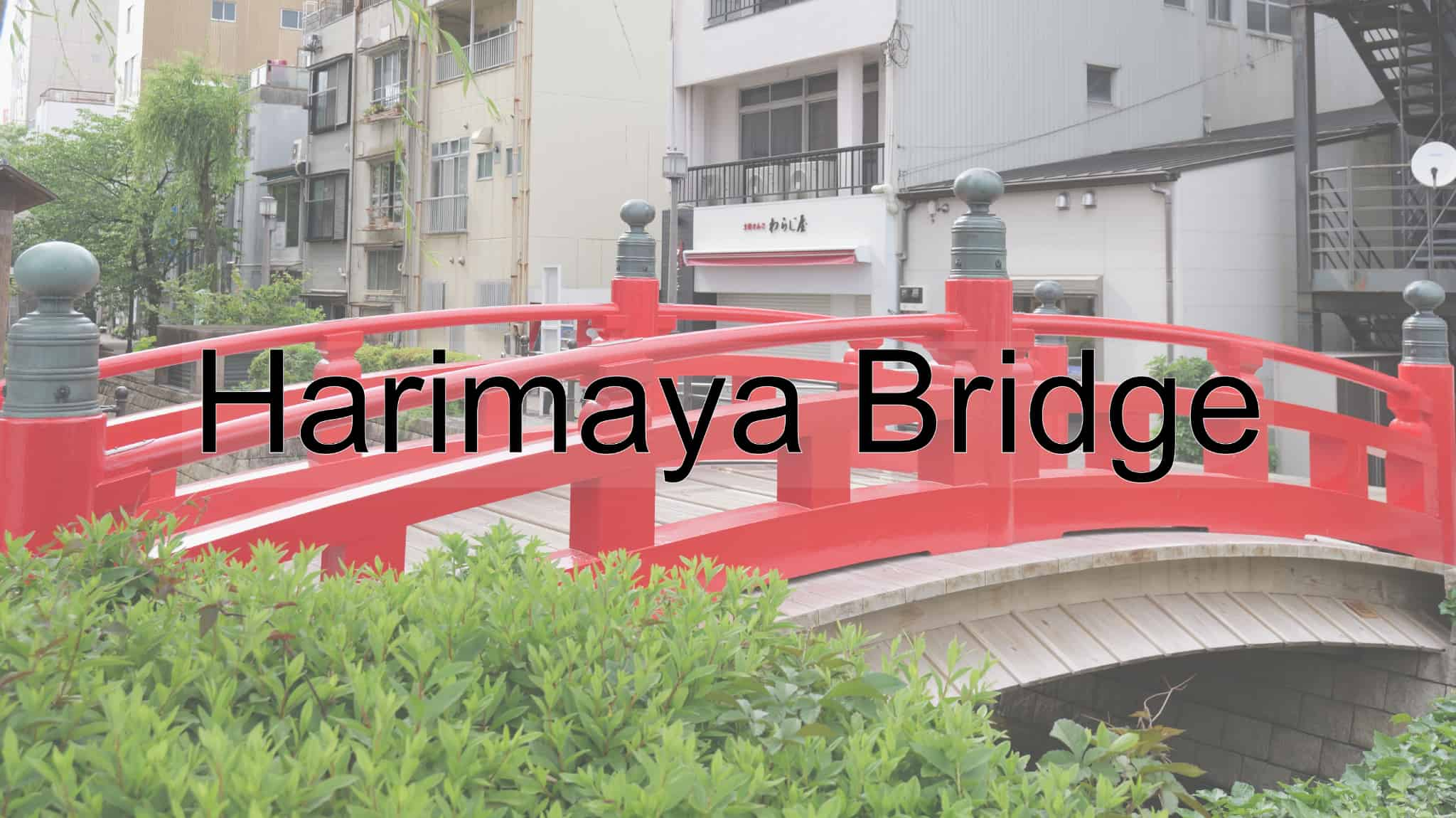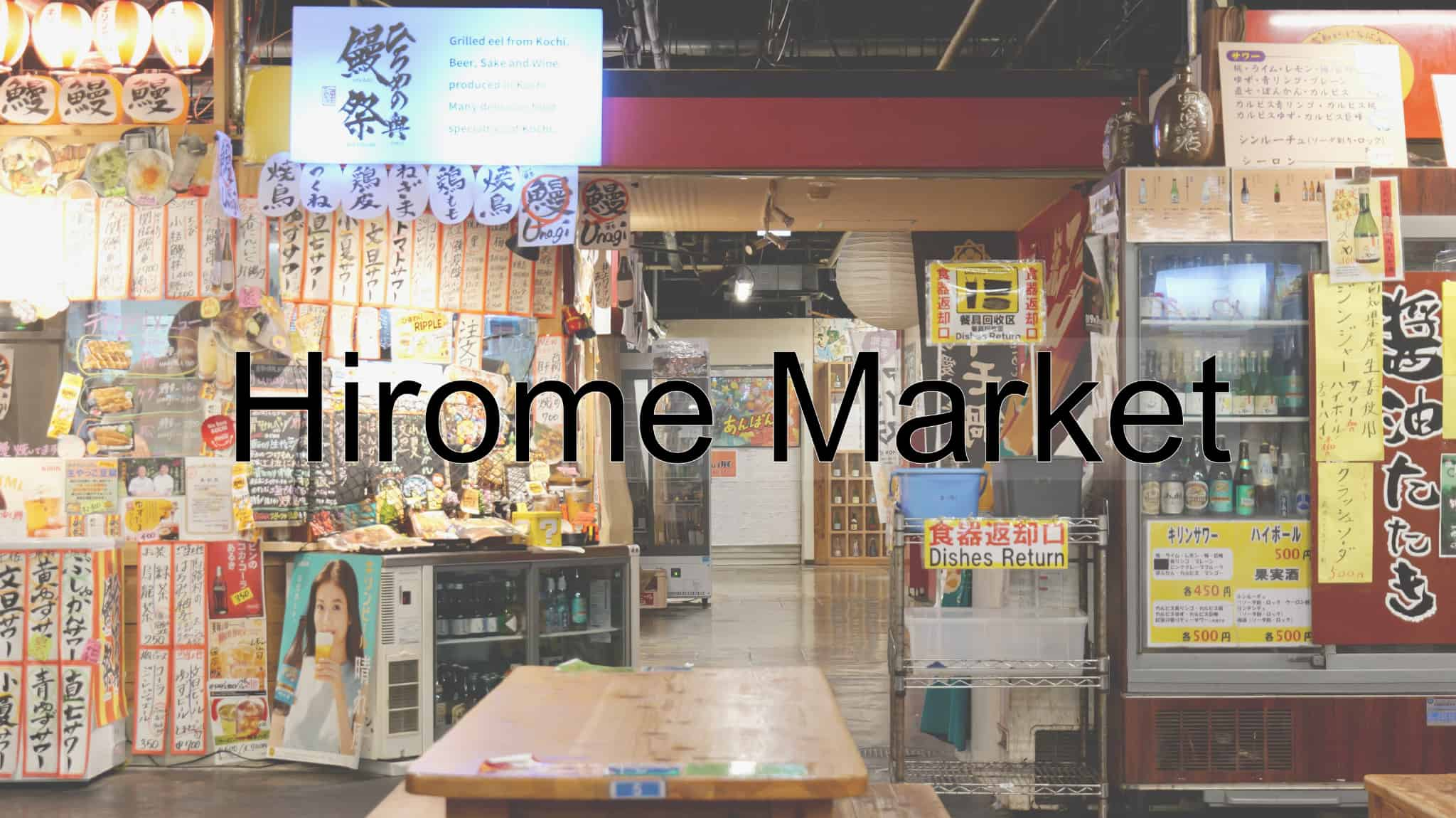Kochi Prefecture
Kochi Prefecture was once known as 土佐国 (tosa-no-kuni). As a prefecture that’s renowned for its food, those who love to eat will (definitely) enjoy their time here. There are many foods that Kochi Prefecture is known for, but (without a doubt) the most loved is skipjack tuna. Known in Japanese as 鰹 (katsuo), there are several prefectures, including Shizuoka Prefecture and Miyazaki Prefecture, where this fish can be enjoyed. However, the way it's caught in Kochi Prefecture is unique. Here, skiplack tuna is caught individually, utilizing one fishing line at a time. Doing so ensures its freshness, as the fish aren’t banging against one another, causing bruises and the like. Also, skipjack tuna is eaten slightly differently here than in other prefectures in Japan. Fish in Japan is (usually) eaten either raw or broiled. In Kochi Prefecture, skipjack tuna is eaten in a style known as たたき (tataki). This is a fish that has been seared on the outside, but is raw on the inside. This style of eating skipjack tuna as tataki originated in Kochi Prefecture. It’s now the staple way skipjack tuna is eaten across Japan.
Along with food, Kochi Prefecture is known for (traditional) handicrafts. One such handicraft is 土佐和紙 (tosa-washi). 和紙 (washi) is traditional Japanese paper, and tosa-washi is paper made locally in Kochi Prefecture. The oldest record of this paper's existence is said to be in the book 延喜式 (engishiki), published in 927. Known as one of the three best varieties of washi in Japan, tosa-washi was said to have been first made by Genta Yoshii. Born in Kochi Prefecture to a family that manufactured paper, Genta Yoshii went on to invent a machine that produced paper. Thanks to this machine, higher quantities of paper could be made quickly. The quantity of paper made at once went from twice the amount to three times. Paper from this machine was also thinner than what had previously been made. Tosa-washi is known for being the thinnest of all washi in Japan. It's a strong paper that doesn’t rip easily.
Kochi Prefecture is also known for its festivals. The most well-renowned festival here is the “Yosakoi Festival”. Starting in 1954 in the city of Kochi, it was first held at the Chamber of Commerce. It was designed with the idea of helping to blow away the wave of recession in Japan and to lift the spirits of the locals. Unlike other festivals in Japan, those in the Yosakoi Festival dance while holding an item known as a 鳴子 (naruko). The naruko is like a small instrument, but it was originally invented to keep birds away from one’s crops. The clothes worn in this festival are also unique. Those who took part initially wore traditional Japanese clothing. Many participants still do, but there isn’t one particular set of clothing that’s worn. Some participants wear Western clothing; one will notice many outfits at this festival.
Along with Kochi Prefecture’s wonderful food and many traditional (and historical) handicrafts, many prominent figures were born here. One figure was Sakamoto Ryōma (November 15, 1835 - November 15, 1867), a man who made many contributions to Japan. Not only was he a skilled swordsman, but he also helped to bring the Chōshū domain (Yamaguchi Prefecture) and the Satsuma domain (Kagoshima Prefecture) to reconcile with one another. Sakamoto Ryōma also helped create 亀山社中 (kame-yama-shachū) in Nagasaki Prefecture, which is said to be the first trading company in Japan. Said to be a good-looking man, when in Kochi Prefecture, you’ll see his face all over the place. With several statues of him across this prefecture, too, it’s easy to see how much those from Kochi Prefecture love Sakamoto Ryōma.
Kochi Prefecture has several areas that can be reached via public transportation. There are also several areas here that are easier to get to by car. With areas full of nature and few people, as well as areas that are built up and bustling with activity, this prefecture has something for everybody. Everyone will undoubtedly enjoy their time here. With much charm, Kochi Prefecture is a must-visit on one’s next trip to Japan.

